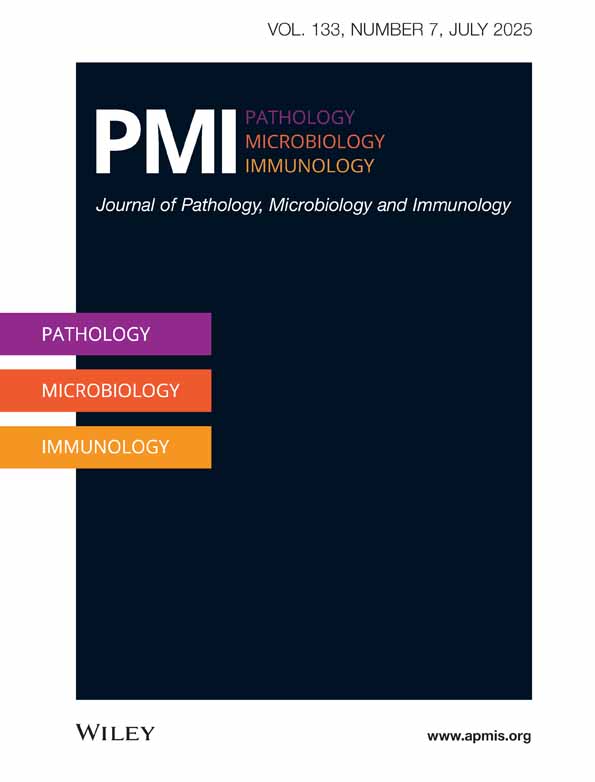Regulation of restitution after superficial injury in isolated guinea pig gastric mucosa
Abstract
The immediate response of the gastrointestinal epithelium to superficial (i.e. microscopic) injury is primarily directed towards restoring the disturbed epithelial continuity. Both structural (i.e. cytoskeleton) and humoral (i.e. growth factors and cytokines) involvement in the process has recently been documented. Yet it is unclear whether humoral signaling regulating mucosal recovery after superficial injury is associated with tyrosine phosphorylation, and whether there are other signs of downstream activation of the signaling pathway. To evaluate the effects of exogenous genistein and phorbol-myristate acetate in the assessment of the role of tyrosine receptor-mediated signaling in the immediate repair of gastric mucosa after superficial injury. Guinea pig gastric mucosa was mounted in a Ussing chamber, injured with 1.25 M NaCl, and perfused for 4 h. Simultaneously, potential difference and tissue resistance were recorded. In some sets of experiments the tissue was exposed bilaterally either to genistein in order to inhibit tyrosine receptor-mediated signaling or to 4-phorbol-myristate 13-acetate (PMA) in order to enhance PKC signaling during the 4 h recovery. Phosphotyrosine (PTYR) and protein kinase C (PKC) immunoreactivity were assessed by immunoblotting and by immunohistochemistry. Proliferative activity was determined morphometrically after staining of the tissue for Ki-67 nuclear antigen and expressed as proliferative index (PI). The inhibition of tyrosine kinases with exogenous genistein resulted in a significant decrease of the PTYR and the stimulation of PKC with PMA increased the PTYR. Nevertheless, no change in the PTYR was observed by immunoblotting after superficial injury alone. Several PKC isoenzymes were found in the guinea pig gastric mucosa, including PKC-α, -ε, -ζ and -ι. They were unaffected either by the injury or the PMA treatment. The mean PI of tissues subjected to NaCl-injury was higher than that of uninjured control tissues (p<0.05) (n=7). Exposure of tissue to genistein during recovery decreased the PI, while stimulation with PMA increased it (p<0.05 for both) (n=6). Both electrophysiologic and morphologic restitution were sensitive to genistein, but not to PMA. Superficial injury alone does not influence tyrosine phosphorylation to a degree which could be assessed by immunoblotting. Nevertheless, exogenous modulation of tyrosine receptor-mediated signaling results in downstream signaling effects. The injury-associated induction of proliferation is sensitive to modulation of tyrosine phosphorylation and PKC, suggesting that superficial epithelial injury results in endogenous activation of the epithelium, presumably after paracrine stimulation of the neighboring cells.




